Resource: United Kingdom
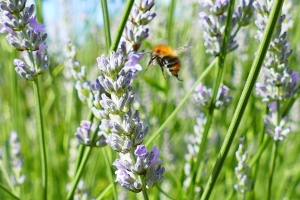
It’s not just about the bees
Organic vegetable farmer Andy Dibben puts forward the case for allowing complex insect ecosystems to develop or be proactively encouraged on farms, describing ways in which this can be done, drawing on his own extensive knowledge and emphasising the many benefits that can be had.
Read more »
Water Management and the Future
Recording of a Groundswell 2022 discussion organised by Agricology exploring water resilience; why it’s important to consider it on the farm, how it can be increased and how we can work together to create change and look after our water resources.
Read more »
Including diverse leys in arable rotations
Practice abstract created as part of the DiverIMPACTS project outlining some of the many advantages to more complex mixtures of leguminous leys and some of the challenges and key practical considerations.
Read more »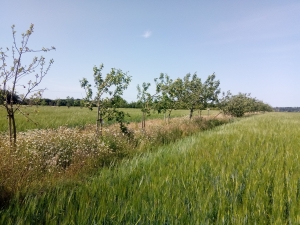
Farming with trees: a potential ‘win-win’ for sustainable food production and biodiversity?
Summary highlighting outcomes of Tom Staton’s PhD thesis ‘Evaluating the effects of agroforestry versus arable systems on functional biodiversity and associated ecosystem services.’
Read more »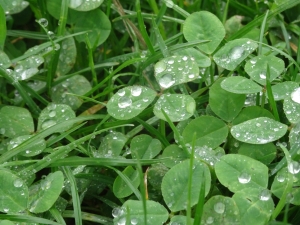
No-till with living mulches – the holy grail for arable?
This webinar (part of the 2021 Northern Real Farming Conference and hosted by the Soil Association) explores growing a low growing permanent cover crop such as small white clover to help shade out weeds and provide fertility for the rotation.
Read more »
Farming for Climate Action
Whatever your farming system and approach, there are many ways to reduce GhG emissions and capture carbon. Actions outlined in this NFFN report should help give some clarity on the practical steps you can take.
Read more »
Reducing Greenhouse Gas Emissions at Farm Level The Go-To Guide
Practical, easy-to-use guidance to help farmers reduce their greenhouse gas footprint. Offering actions for all UK agricultural sectors, it aims to be both environmentally and economically beneficial. Written by farmers, for farmers.
Read more »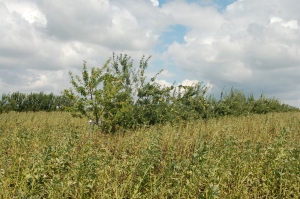
How can agroforestry contribute towards biodiversity conservation?
Recording of a workshop hosted by the Organic Research Centre online that set out to explore how agroforestry could contribute towards the conservation and restoration of biodiversity, and the policy options that could support the realisation of these benefits.
Read more »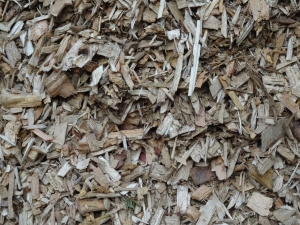
Organic Amendments
Video footage of a session that formed part of the Organic Growers Alliance’s Organic Matters conference held in October 2021. It focuses on improving soil health and reducing tillage using compost, manures and woodchip.
Read more »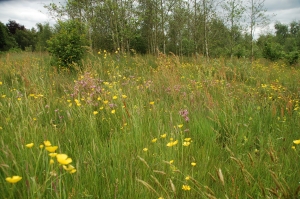
Woodmeadows – Three Hagges case study
Document created as part of an agroforestry case study of Three Hagges Woodmeadow – exploring the practicalities and benefits of combining woodland and meadows.
Read more »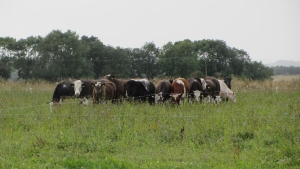
SOLID – Sustainable Organic and Low-Input Dairying
Organic Research Centre Research Digest focusing on ways of increasing the sustainability of organic low-input dairy systems and benefits that can be attained.
Read more »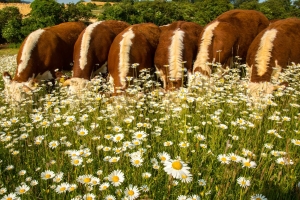
PFLA Biodiversity case studies
A series of Pasture-Fed Livestock Association (PFLA) case studies which focus on various ways in which farmers are increasing biodiversity on their farm.
Read more »
Trees on hen ranges are a haven for wildlife
Can planting trees on your hen range boost biodiversity as well as benefit your business?
Read more »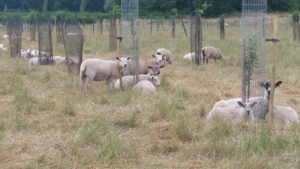
Increasing adoption of agroforestry in the UK
A policy brief summarising results and recommendations from a review undertaken as part of the Defra-funded Agroforestry ELM Test project.
Read more »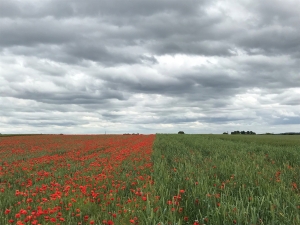
Farm-based organic variety trials
Factsheet based on research undertaken as part of the LIVESEED project detailing an experiment in which wheat varieties were tested by organic farmers at a commercial field scale and includes findings that can feed into weed management strategies.
Read more »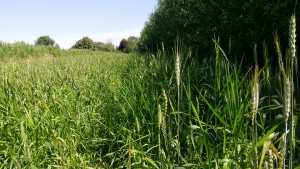
Tree: crop interactions in UK alley cropping agroforestry systems: impacts on crop yield and total productivity
Report on studies carried out within an organic silvoarable alley cropping system in the UK (Wakelyns Agroforestry in Suffolk) where researchers have investigated the impact of trees on crops in adjacent alleys.
Read more »
Three silvopasture tree planting designs to suit your farm
Details of planting designs for 3 contrasting farms in Devon who are taking part in a long-term field lab trial to help justify financial commitment to turn pasture over to silvopasture.
Read more »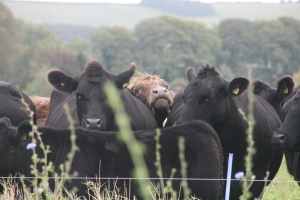
Herbal Leys Webinar Series
Footage of four webinars exploring issues surrounding herbal leys; a collaboration between the AHDB and British Grassland Society.
Read more »
Agroforestry in the UK
This film, created by the Soil Association through the FABulous Farmers project, explores some of the many benefits that can be experienced from different agroforestry systems.
Read more »
Troubleshooting the Practical Challenges of Intercropping
A panel of industry experts discuss solutions to the practical challenges in the growing, harvesting and processing of mixed crops.
Read more »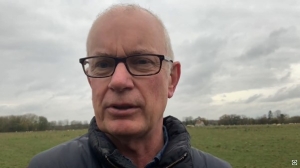
Healthy Farm Systems – John Pawsey
John Pawsey gives some insights into the principles of how he achieves health on his mixed organic farm in East Anglia, following his participation in the Farm System Health Project.
Read more »
Reduced tillage trials aim to improve soil sustainability
Interesting results from a 5-year reduced cultivation trial that took place at the Salle Park Estate, Norfolk, to assess the impact of contrasting tillage regimes on the biological, chemical and physical condition of soils.
Read more »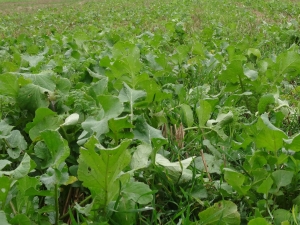
Cover crops help to reduce diffuse water pollution
An update from research undertaken as part of the Demonstration Test Catchments research platform established to investigate the extent by which on-farm mitigation measures can cost-effectively reduce the impact of diffuse water pollution on river ecology whilst maintaining food production capacity. This one details research undertaken at the River Wensum catchment, in Norfolk.
Read more »
Tree leaves as supplementary feed for ruminant livestock
This briefing examines the role of silvopastoral agroforestry in providing livestock with nutrients via tree browse, alongside the many other benefits of trees.
Read more »